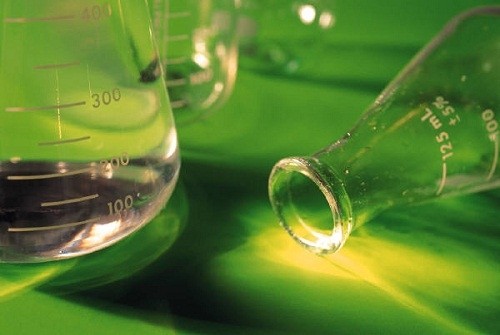Stem cells are effective in skin care: confusion caused by bad marketing

Oscar Expósito is the CEO and Co-founder of Vytrus Biotech in Spain, and has been active in the field of stem cell science for many years. The company began its work in 2009.
He says the literature and marketing that surround stem cell applications in beauty and personal care is often “confusing” - leading to views such as those expressed recently by Dr Christopher Calapai, with which Expósito firmly disagrees, and giving a misleading impression that live cells are used.
Be clear on what we mean when we say ‘stem cell’
Expósito thinks that being clearer and more precise when we talk about the cells being used in skin care would be a big step forward.
He prefers the term ‘totipotent plant cells’ to ‘stem cells’ when referring to the kind of stem cell used most commonly by skin care developers, as this distances the terminology from the idea of live human stem cells, which are never used by the industry.
Expósito explains the science behind the use of totipotent cells, saying that it involves breaking a plant stem cell so it is dead, and taking the content of the cell for use as an ingredient.
“We take the molecular cocktail from within the dead cell and use it in topical skin care products,” he says. “In the cell there are proteins, sugars, various growth factors, and these all work together to help the plant cell defend or repair itself. They perform very well on the skin, with proven benefits like skin whitening, anti-wrinkle or hair growth.”
He notes that the contents of totipotent plant cells offers a very sophisticated cocktail of natural molecules, and although its early days for the science, he believes this offers an exciting opportunity for applications in skin and hair care. Indeed, Expósito notes that many companies are already using the ingredients to great effect.
Natural, sustainable, effective
Expósito believes the advantages of taking the contents of totipotent cells are huge, as they often outperform traditional botanical extract ingredients in clinical trials, and offer a sustainable and natural ingredient source.
“It allows us to work with bio products that perform very well on the skin and the process is very sustainable and efficient,” he explains.
It offers an ingredient that is “natural, safe, sustainable and efficient, combined in one”, according to Expósito. “Of course, they are not cheap products, but they’re getting cheaper as we get the technology more efficient.”
Looking forward, Expósito suggests there is further work to be done in the field, but describes himself as confident that the science offers the industry “a new generation of plant extracts”.


















